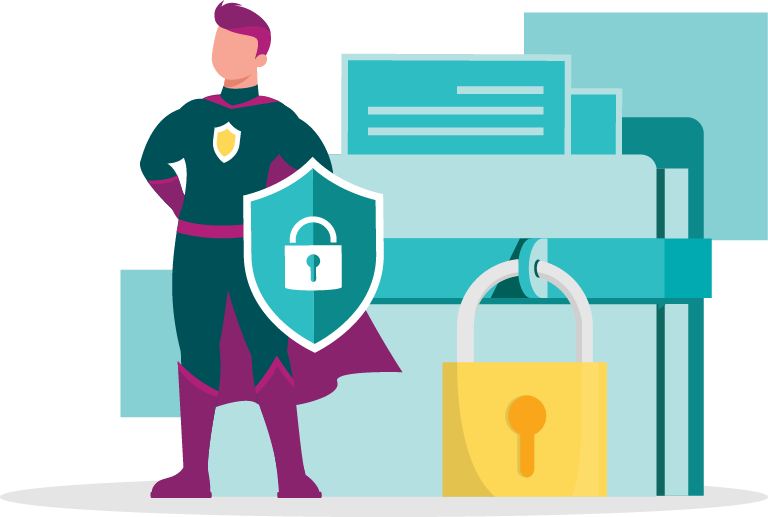Phishing
Phishing is done by people who use social engineering techniques to install malicious software, to steal your login credentials and/or to steal money from their victims. The communication they use is usually made to look as if it comes from a trusted sender.

Check out our blog article
How to Create Lasting Phishing Awareness
Discover the core steps to how to create lasting phishing awareness in any organization to strongly diminish the effect of Phishing attacks.
Looking for more info?
Contact us via form, phone, or email to discuss projects, partnerships, custom development, custom pricing or any other question you might have for us.



